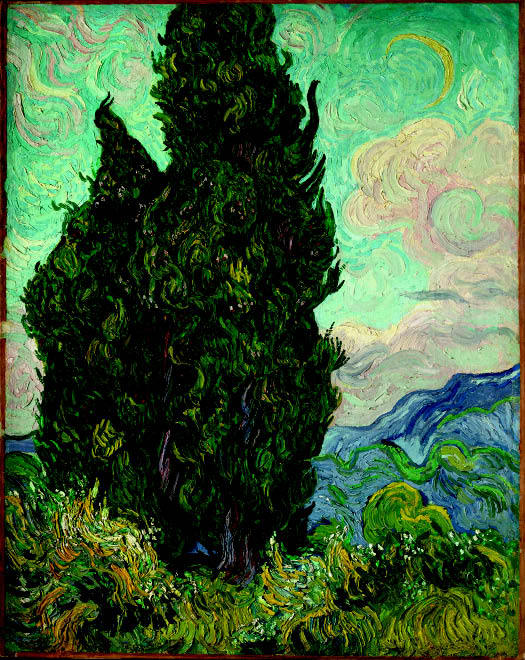The Real Van Gogh: The Artist and His Letters
Royal Academy, until 18 April
Sponsored by BNY Mellon
From time to time we need to remind ourselves of the astonishing fact that Vincent van Gogh (1853–90) produced more than 800 paintings and 1,200 drawings in a mere ten-year career. He also wrote letters, of a depth and originality that qualify them as literature in their own right. So much to offer the world, such a sense of discovery and originality, yet he took his own life while still in his thirties. For decades, Van Gogh has been the artistic god of the self-taught and the misunderstood, making a particular appeal to the adolescent mind. I remember devouring my first book on him in an unusually quiet school dormitory during an influenza epidemic. Very soon I had graduated to the Fontana paperback of his letters and was quoting with approval such observations as: ‘I am a passionate creature, destined to do a number of more or less stupid things which later on I will have more or less to regret.’ It was, and is, heady stuff.
Van Gogh’s problem, and his making as an artist, was that he couldn’t lead a moderate life, but was compelled by his temperament to experience the extremes of suffering and joy. His solution was to transform his see-saw emotions into art, and for a time he thus made life bearable. The work he produced in the decade he did have is of a heartwarming, and occasionally heartbreaking, intensity. It is not easily ignored, though some of his admirers who went overboard as teenagers find it slightly embarrassing to return to his work for a more adult appreciation. This is a mistake: Van Gogh is great enough to appeal to all kinds of people, of all ages and distinctions.








Comments
Join the debate for just £1 a month
Be part of the conversation with other Spectator readers by getting your first three months for £3.
UNLOCK ACCESS Just £1 a monthAlready a subscriber? Log in